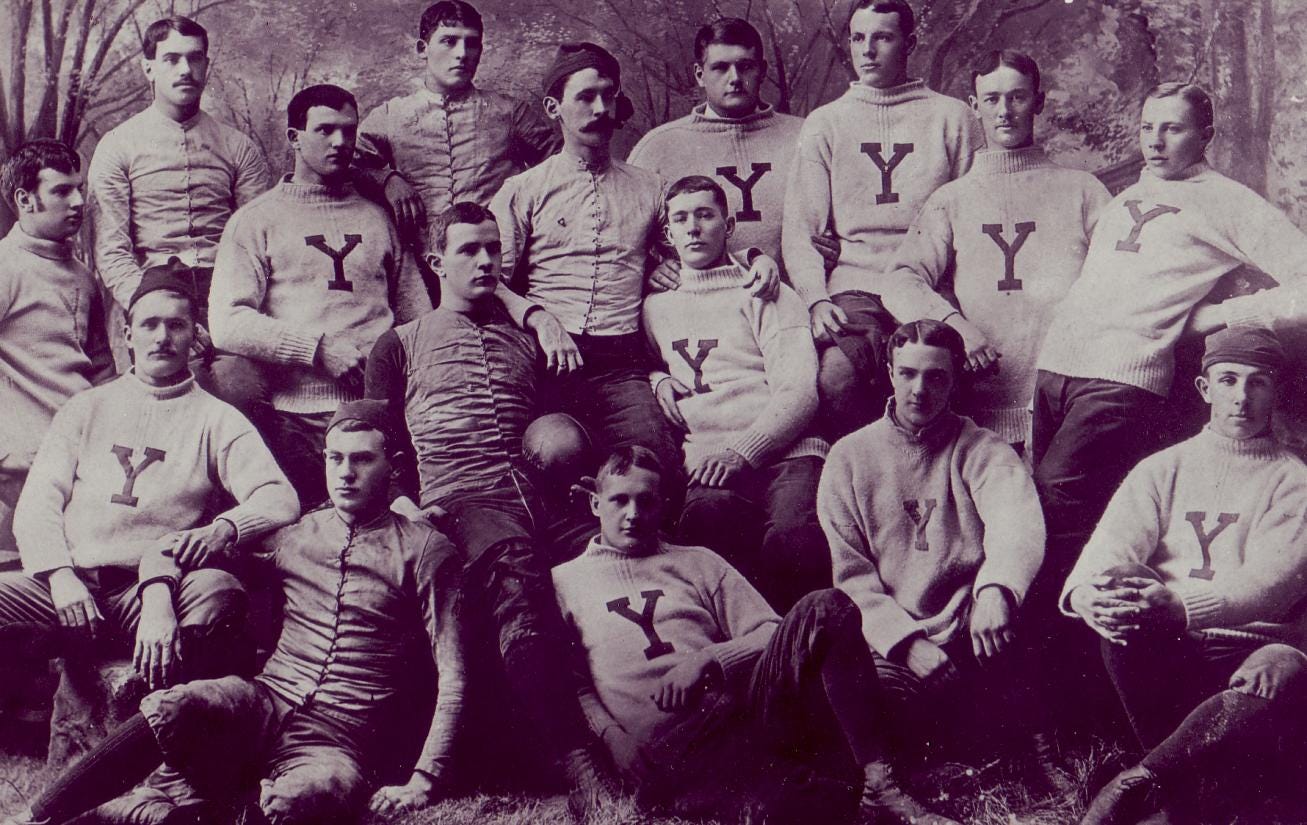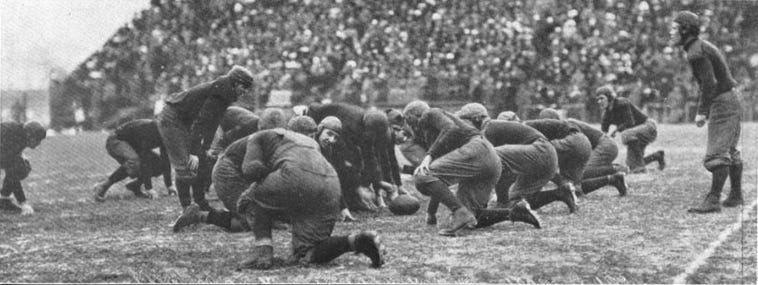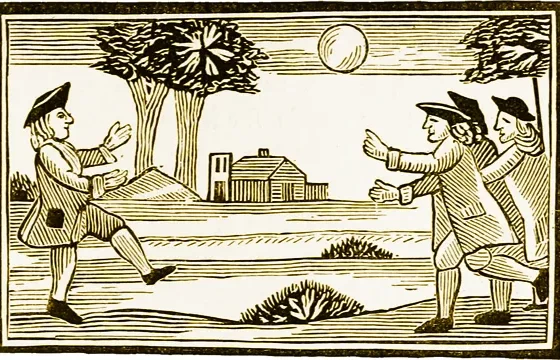Did Football Exist During the American Revolution?
Just how far back does football go in America?
Abigail Adams wrote about it. Women in England played it, at least on one occasion. Soldiers in General Washington’s army played it, too. What was it? Football, which was also spelled foot ball or foot-ball.
Last fall I began researching and writing a new novel called The Submarine and The Spies about the friendship and vigilance of three Yale classmates who made extraordinary contributions to the American Revolution. (The book should be out later this spring.) While reading through a collection of Captain Nathan Hale’s correspondence, I came across a diary entry that surprised me. When he was a soldier for General Washington in Boston in 1775, Hale wrote that he played football during his leisure time.

Illustration from an 18th century chapbook, which is a pamphlet, reproduced in Chap-books of the Eighteenth Century by John Ashton (1834).
Thanks for reading Jane Hampton Cook’s Substack! Subscribe for free to receive new posts and support my work.
I assumed that football in America began somewhere in the 1800s at colleges and then morphed into the National Football League in the 1900s. In addition to imagining how I could write a scene showing Hale kicking a football and how it could advance the story in the novel, I wondered: how far back does football go in America? Way back, as it turns out.
British linguist Samuel Johnson included the term football in his 1755 dictionary.
“A ball commonly made of a blown bladder cased with leather, driven by the foot.”
He also included this quote from Shakespeare.
“Am I so round with you as you with me, That like a football you do spurn me thus?”

The first reference to football in an American newspaper was in 1725. It was a brief blurb from London in Philadelphia’s American Weekly Mercury on April 8, 1725.
“An unhappy accident happened on Monday morning last in Fleet Street, whereas, some young men were playing at football, a coach came amongst them, the pole of which struck an unhappy youth on the head.”
Foot ball was a street game played by youth. It involved kicking, dividing into two teams, and tossing an oblong or round ball. Though it may have been a form of rugby, the word rugby does not appear as a game in American newspapers at this time.
On February 23, 1727, Boston’s The Weekly Newsletter published that twelve women were caught playing football in Bath, England.
“A new and extraordinary entertainment was set on foot for the diversion of our polite gentry; and what should it be but a match at football played by six young women of a side, at the bowling green!”

Within a decade, The Virginia Gazette reported that football was among the festivities for Hanover County’s celebration of St. Andrew’s Day in November 1736 along with wrestling and dancing.
Sometimes, playing football was frowned upon.
“No person shall use the exercise of playing or kicking of foot ball or the exercise of bat and ball,” was a rule in Salem, Massachusetts in 1768.
The Boston Gazette warned young men against kicking a foot ball in unwanted locations.
“This is therefore to caution these unruly boys that at any time hereafter when they propose a game of football.”
During the Revolutionary War, Abigail Adams was concerned that football had been too much of a distraction to soldiers in the Continental Army.
“This continent has paid thousands to officers and men who have been loitering about playing foot-ball and nine pins, and doing their own private business whilst they ought to have been defending our forts and we are now suffering for the neglect,” Abigail Adams wrote her husband.
One Continental Army general used the image of a football to complain to General Washington about his lack of receiving a promotion.
“Indeed I wished it [a promotion] for the peace and felicity of the Army. But what must the world think when they see me tamely submit to be banded about like a football, and subject my reputation to the command of every individual?” General George Weedon wrote to General Washington in 1778.

John Adams used football as a political metaphor for France and England’s treatment of America over the years.
“For my own part, I thought America had been long enough involved in the wars of Europe. She had been a football between contending nations from the beginning, and it was easy to foresee that France and England both would endeavor to involve us in their future wars. It is our interest and duty to avoid them as much as possible, and to be completely independent, and have nothing to do with either of them but in commerce,” John Adams wrote in his diary and in letters in 1782.
I wonder what he would think of America’s involvement in Ukraine today? That is a subject for another day.
When did football become the sport that we know it today? Yale graduate Walter Camp became known as the Father of American Football for his contributions to changing the rules and the number of players. Camp was an American football player, coach, and sports writer who attended intercollegiate meetings and conventions, where he suggested changes to the rules for football. As a result, he created the line of scrimmage and the system of downs. He turned the game of football into the sport played today.
While leading Yale’s team as head coach, Camp only oversaw two losses in four years. The birth of football as an organized sport between Yale, Princeton, and other teams was born. College football was so successful that investors created the National Football League in 1920. The Super Bowl was created in 1967.
American football has come a long way since its humble origins as a game played by kids on the streets and fields of America in the 1700s. The fact that the game of football was played during the American Revolution shows just how American the game of football really is.



